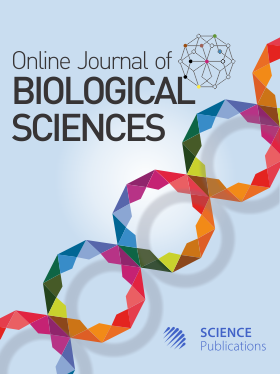Comparative Genomics of Xylella fastidiosa Subsp. Pauca and Insights on its Current and Potential Movements in Ecuador
- 1 Facultad de Ciencias Agrícolas, Laboratorio de Microbiología y Fitopatología, Universidad Central del Ecuador, Av. Unidad Educativa, Tumbaco, Pichincha, Ecuador
- 2 Facultad de Ciencias Agropecuarias y Recursos Naturales, Universidad Técnica del Cotopaxi, Barrio Salache S/N, Latacunga, Ecuador
- 3 Instituto de Investigación Para el Desarrollo Sustentable de Ceja de Selva (INDES-CES), Universidad Nacional Toribio Rodríguez de Mendoza de Amazonas, 342 Higos Urco, Chachapoyas, Peru
- 4 Instituto de Investigación Para el Desarrollo Sustentable de Ceja de Selva (INDES-CES), Universidad Nacional Toribio Rodríguez de Mendoza de Amazonas, 342 Higos Urco, Chachapoyas, Peru
- 5 Facultad de Ingeniería Zootecnista, Agronegocios y Biotecnología Universidad Nacional Toribio Rodríguez de Mendoza de Amazonas, 342 Higos Urco, Chachapoyas, Peru
Abstract
Xylella fastidiosa subsp. Pauca causes Coffee Leaf Scorch (CLS). It is a major threat to coffee production in most South and Central American countries. X. fastidiosa is prone to intersubspecific recombination, and it is believed that this species became pathogenic in citrus and coffee due to recent mutation events and gene flow between closely related strains. CLS epidemics have not been reported in either Ecuador, Perú, or Colombia. In this research, we conducted a comparative genomic analysis of X. fastidiosa subsp. Pauca sequence type (ST-74) (strain CFBP 8072) isolated from Ecuadorian coffee trees. The phylogenetic analysis showed that the whole genome sequences clustered with strains X. fastidiosa subsp. Pauca 9a5c, and 3124 (ST-16) with an average nucleotide identity of above 98%. Pangenome analysis detected over 10% (1219/11989) genes in singleton families. There is a high risk of CLS outbreaks due to the potential replacement of Xylella fastidiosa subsp. Pauca strains with unknown aggressiveness in new environmental conditions. Anthropogenic movements of plant and seed material could lead to a substantial spread of a pathogen across a region, and inadvertent consequences are the threat of movement and establishment of a new pathogen, unpredictable yield loss, increase in the cost of production and re-planting, and the loss and abandonment of orchards.
DOI: https://doi.org/10.3844/ojbsci.2025.115.124

- 464 Views
- 258 Downloads
- 0 Citations
Download
Keywords
- Coffee Leaf Scorch
- Citrus Variegated Chlorosis
- Olive Quick Decline
- Caribovia Coffeicola
- Xylella fastidiosa
